Traditional vs Modern Hindu Weddings Bridging the Gap
Traditional vs Modern Hindu Weddings Bridging the Gap
Hindu weddings are renowned worldwide for their extravagant and vibrant celebrations. This unique combination honours century-old customs rooted in tradition, while embracing the present, creating a fascinating blend of the old and new. This evolution reflects not only in the ceremonies, decor, newly designed functions but also in the attire, making Indian wedding dresses and Hindu wedding outfits the key elements that showcase this beautiful transition.
Indian attire adorned by men, women and kids has not undergone a sea-change in terms of its basic pattern but it has evolved into the better versions of fabrics, embellishments, designs, combinations, draping styles etc. Modern Indian dresses that are beautifully re-imagined by fashion experts are successfully presented in modern avatars while holding on to the real roots of culture and tradition.
Let’s delve a little deeper to identify how fashion has evolved from the traditional times to the modern era.
Traditional Elegance of Brides and Grooms in Hindu Wedding Outfits
Historically, Indian weddings unfolded over several days packed with significant and symbolic rituals. Each ceremony, from the intricate henna designs of the Mehendi to the lively festivities of the Sangeet, carries profound meanings aimed at blessing the newlyweds with a prosperous future.
Bridal Traditional Indian wedding dresses
Types of Wedding Outfits
Traditional Indian bridal wear varies greatly across different regions, reflecting the country’s diverse culture. Notable examples include the Paithani Sari from Maharashtra, known for its silk fabric and gold and silver thread embroidery. Mekhela Chador from Assam, made from Muga silk and adorned with handwoven motifs; the Phulkari from Punjab, which showcases vibrant hand-embroidered floral motifs on lightweight fabrics; the Kasavu Sari from Kerala, characterized by its plain white fabric with a golden border; and the Chanderi Silk Sari from Madhya Pradesh, famous for its sheer texture and handwoven motifs.
- Fabrics:
Silk was commonly used fabric, cherished for its luxurious feel and elegant drape. Other fabrics included cotton for its comfort and Muga silk for its unique sheen, especially in outfits like the Mekhela Chador.
- Embellishments:
Embellishments rangde from intricate gold zari embroidery to handwoven motifs that depict regional stories and traditions. Gold threads, peacocks, flowers, and traditional patterns are common, adding a layer of depth and heritage to the bridal attire.
- Colours
Red is a predominant colour in many traditional Indian wedding dresses, symbolizing auspiciousness and prosperity. However, other colours like maroons, greens, yellow, all the loud and vibrant hues also played significant roles in depicting the cultural background and the symbolic meanings behind the wedding attires.
Grooms’ Traditional Indian wedding dresses:
Traditional attire for grooms included sherwanis, Jodhpuri suits, Achkans, Nehru jackets, Bandhgala coats, and Angrakha Kurtas. Each of these outfits offers a different style, from the royal elegance of Sherwanis and the regal look of Jodhpuri suits to the classical grace of Achkans.
- Fabrics:
Grooms’ outfits are often made from heavier fabrics like silk or brocade, providing a rich texture and opulent appearance suitable for the grand occasion.
- Embellishments:
Embroidery and embellishments play a crucial role in groom wear, featuring intricate patterns and detailing such as zari work, which adds a regal touch to the outfits. These embellishments often tell a story of skilled craftsmanship and cultural heritage.
- Colours:
While neutral shades are commonly used for many occasions, wedding attire for grooms includes vibrant hues like deep blue, emerald green, and even rose gold, allowing the groom to stand out and embody the festive spirit of the wedding.
Modern Fashionable Styles in Hindu wedding outfits:
In recent times, both bridal and groom wear, have embraced modern trends while still retaining the essence of traditional Indian wedding fashion. Designers are innovating with new styles, silhouettes, and fusion wear, incorporating contemporary fashion trends into traditional outfits.
- Bridal Wear:
Modern brides are opting for lehengas and sarees with contemporary designs, including updated cuts, lighter fabrics, and a broader colour palette extending beyond traditional reds to include pastels, off-whites, and more. Personalization of Indian dresses designed for weddings is the latest trend catching up with the masses. Style fusion-like capes with sarees and blouses with western-styled sleeves are taking the fusion wear forward.
- Groom Wear:
Grooms are choosing modern variations of traditional attire, such as slim-fit Sherwanis, contemporary styled Bandhgalas, and fusion outfits that blend Indian and Western fashion elements, offering a stylish yet culturally sound choice for the modern groom.
Bridging the Gap with Indian Dresses
Children’s fashion at Indian weddings has embraced contemporary styles, with a noticeable shift towards comfort, versatility, and personal expression. Designers are creating kids’ wedding wear that retains a hint of traditional elements while incorporating modern trends and more comfortable fabrics.
The evolution of Indian wedding fashion from traditional to modern styles illustrates a beautiful blend of respect for cultural roots and an openness to innovation. Today’s wedding attire pays homage to India’s rich heritage while embracing the individuality and style preferences of modern couples. This blend ensures that the essence of Indian weddings remains intact, celebrating love and union with a perfect mix of the old and the new.
We at Cbazaar are proud to offer our customers a huge collection of all varieties of traditional and contemporary wear at the click of a button. All sizes in various colours with full customization options is bound to make your shopping for Indian dresses easy, fast, and pleasant.





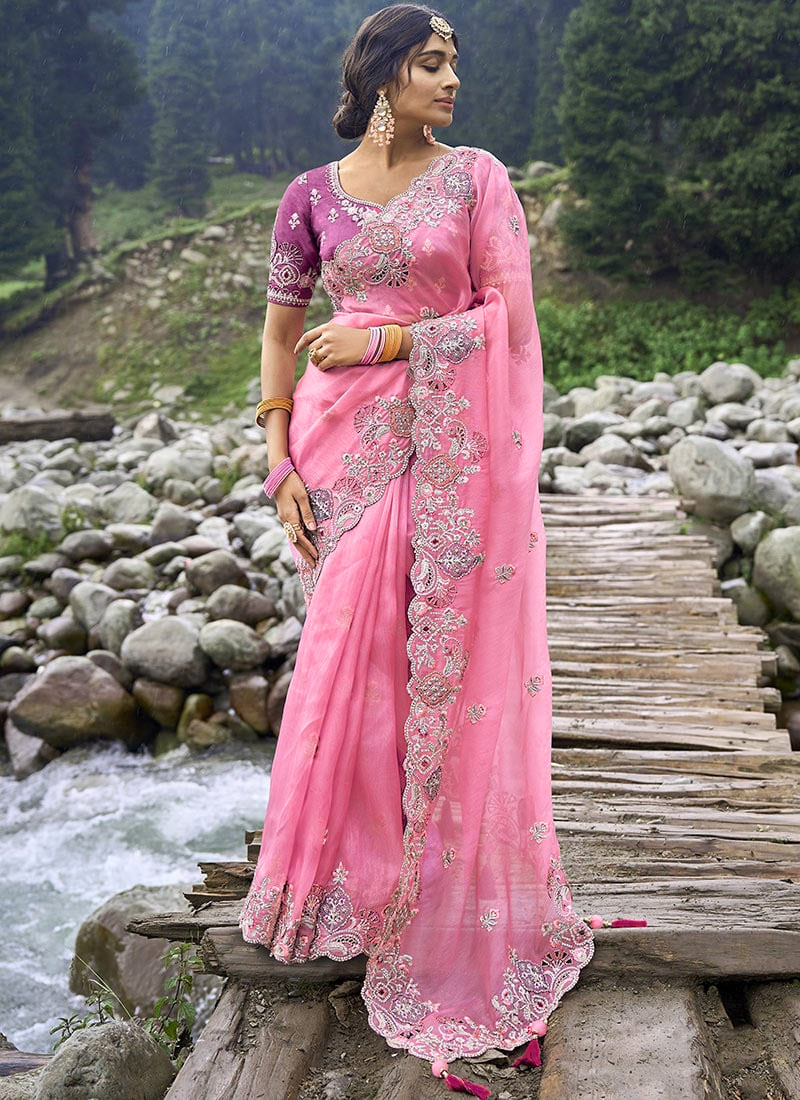
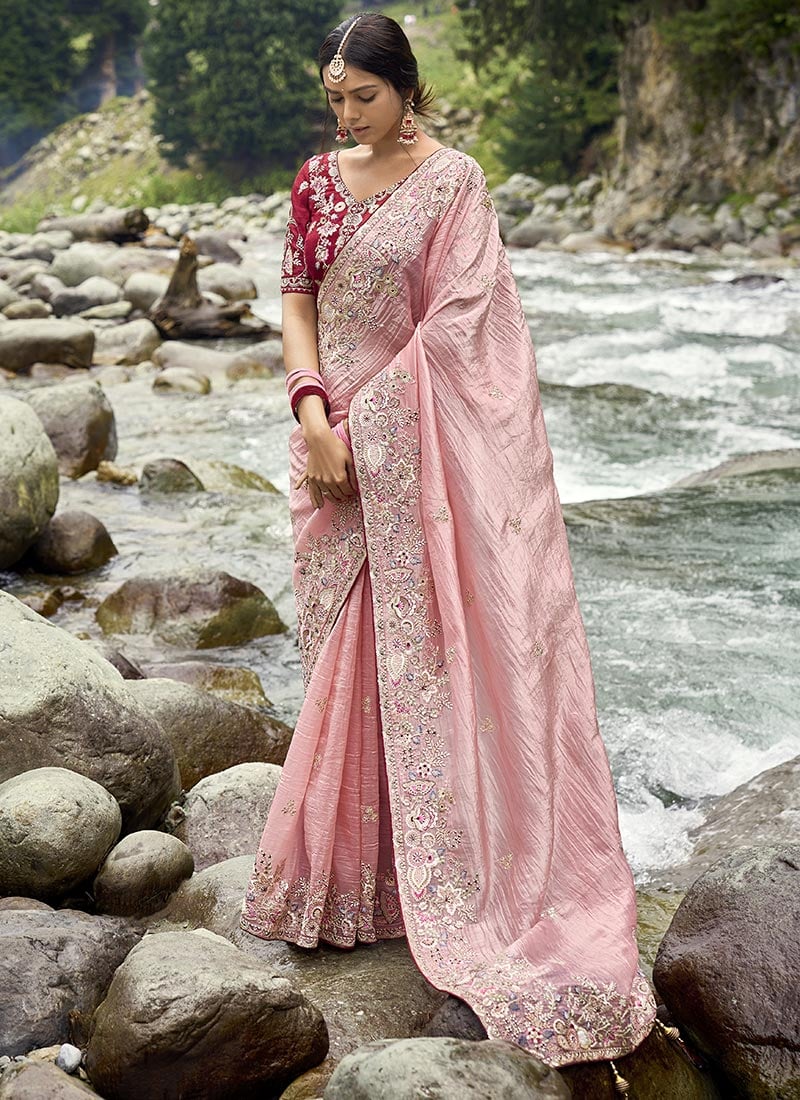

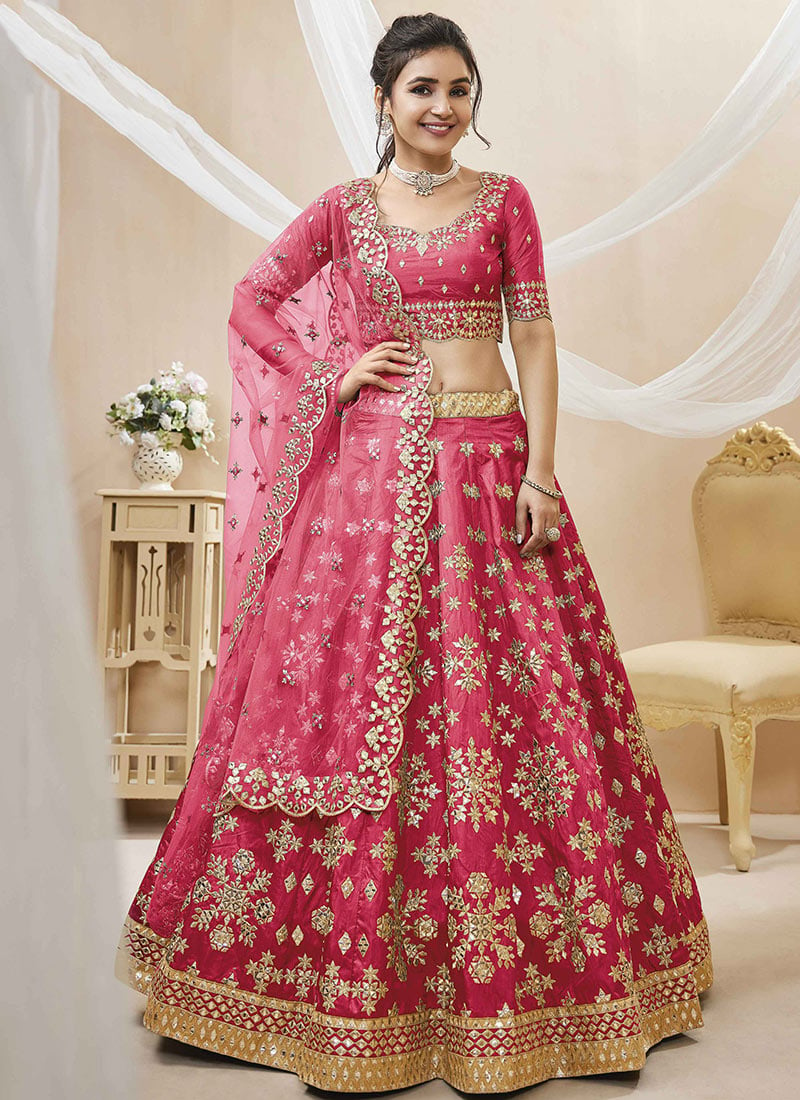
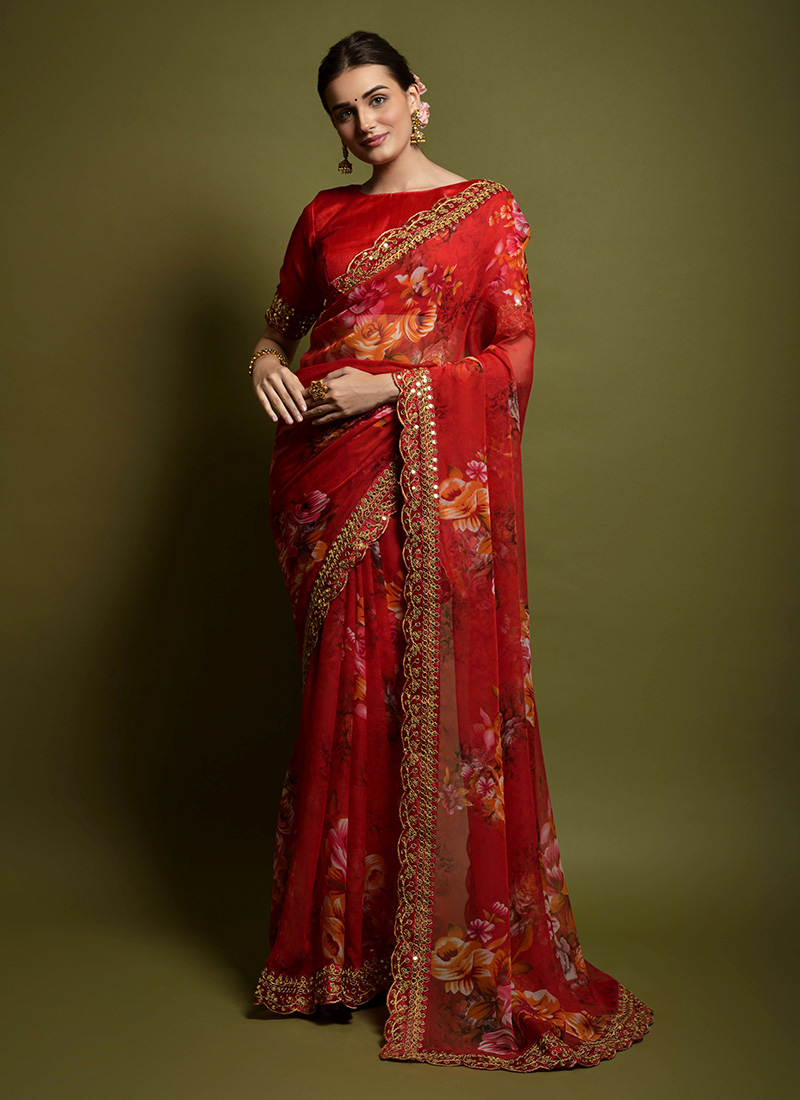


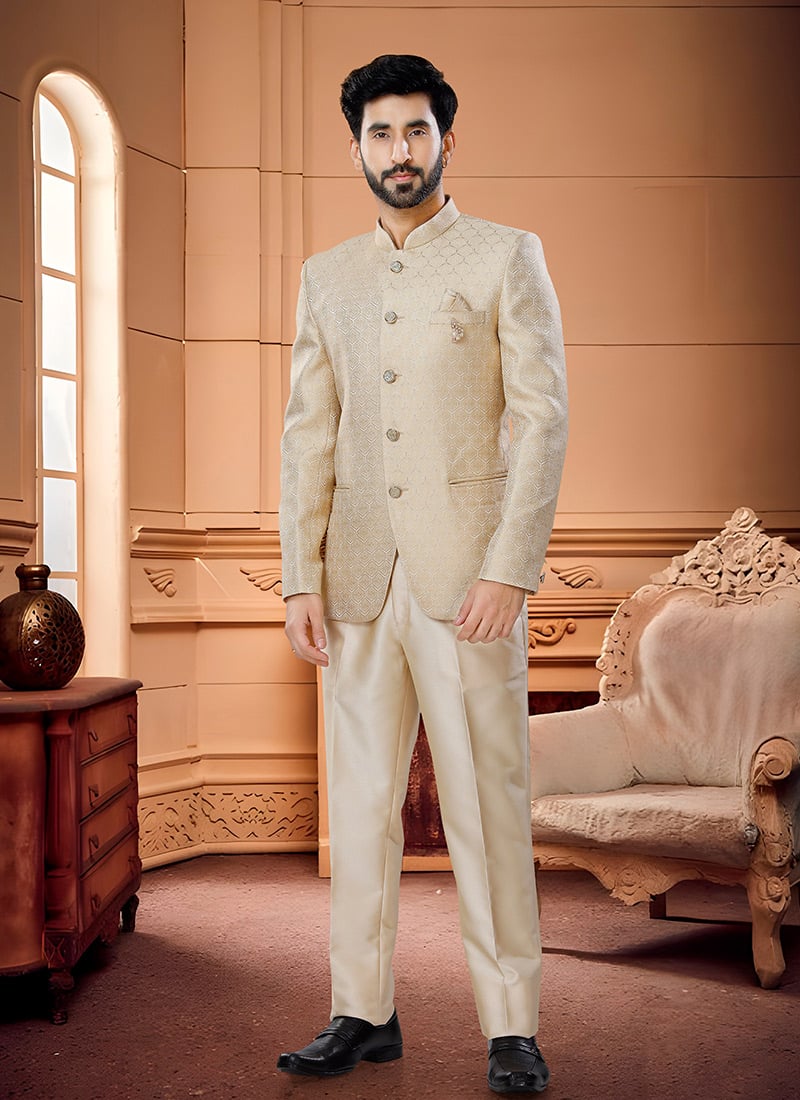


Leave a Reply